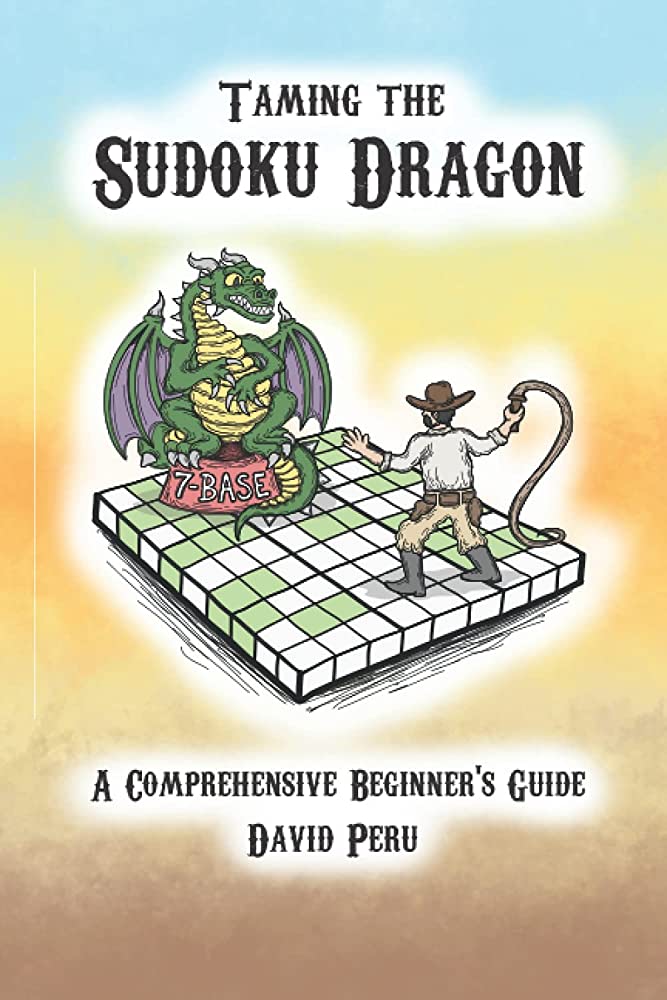Sudoku puzzles are a popular type of logic puzzle found in newspapers, books, and online. A Sudoku puzzle consists of a 9×9 grid divided into nine 3×3 squares, with the goal being to fill in each square so that every row, column, and 3×3 block contains the numbers 1 through 9. The key to solving Sudoku puzzles is to use logic, look for clues, and eliminate possibilities. Beginners can start with easy puzzles and use pencil markings to keep track of potential numbers. Taking breaks can also help clear the mind and provide a fresh perspective.
Sudoku Puzzles: A Comprehensive Guide for Beginners
If you are new to Sudoku puzzles, then you might be wondering what they are all about. Sudoku puzzles are a type of logic puzzle that has become very popular in recent years. They are found in newspapers, puzzle books, and online. The goal of a Sudoku puzzle is to fill in a grid of numbers so that each row, column, and square contains all the numbers from 1 to 9. In this article, we will provide you with a comprehensive guide on how to solve Sudoku puzzles as a beginner.
The Basics of Sudoku Puzzles
A Sudoku puzzle consists of a 9×9 grid that is divided into nine 3×3 squares. The objective is to fill in each square so that every row, every column, and every 3×3 block contains the numbers 1 through 9. The puzzle is solved by entering numbers into the grid based on the clues given. The clues are the numbers that are already in the puzzle. The goal is to use logic to figure out where each number should go.
The Rules of Sudoku Puzzles
The rules of Sudoku puzzles are simple. Every row, column, and 3×3 square contains the numbers 1 through 9. You cannot repeat any numbers in any of these areas. This means that each number can only appear once in every row, column, and 3×3 square. Once you have placed a number in a square, you cannot change it.
How to Solve Sudoku Puzzles
The first step in solving a Sudoku puzzle is to look at the clues that have already been provided. If a number is already in a square, then it must stay there. This means that you need to look for rows, columns, and 3×3 squares that already have a number in them. These areas will give you clues about where other numbers should go.
The next step is to look for squares that only have one possible answer. If you see a square that can only contain one number, then you can fill it in. This will provide you with more clues about where other numbers should go.
If you are still stuck, then you can use logic to fill in the remaining squares. Look for rows, columns, and 3×3 squares that are missing certain numbers. By process of elimination, you can figure out where these missing numbers should go. For example, if a row already has the numbers 1 through 8 in it, then the missing number must be 9.
Using Pencil Markings
If you are having trouble keeping track of the possible numbers for each square, then you can use pencil markings. Write the possible numbers for each square in small print. This will help you keep track of which numbers are still possible for each square. As you eliminate numbers, you can erase them from your pencil markings.
Tips for Solving Sudoku Puzzles
Here are some tips that will help you solve Sudoku puzzles:
- Start with the easy puzzles before moving on to the harder ones.
- Look for squares that only have one possible number first.
- Use logic to figure out where the remaining numbers should go.
- Take breaks if you get stuck. This will help you clear your mind and come back with a fresh perspective.
Conclusion
Sudoku puzzles can be a fun and challenging way to exercise your brain. If you are new to Sudoku puzzles, then this guide should provide you with a good foundation for solving them. Remember, the key to solving Sudoku puzzles is to use logic and to look for clues that will help you fill in the missing numbers. Good luck!
